Trucks are either rigid, rigid in combination (short, medium or long) or prime movers (tractor units) in short or multi-combination. If you’re looking for a job driving a truck check this article. The types of loads and trailers they haul are:
Automotive haulage: transport cars on a car transporter. Specific skills are required for loading and operation of this type of trailer. You may be expected to help valet the cars at the other end.
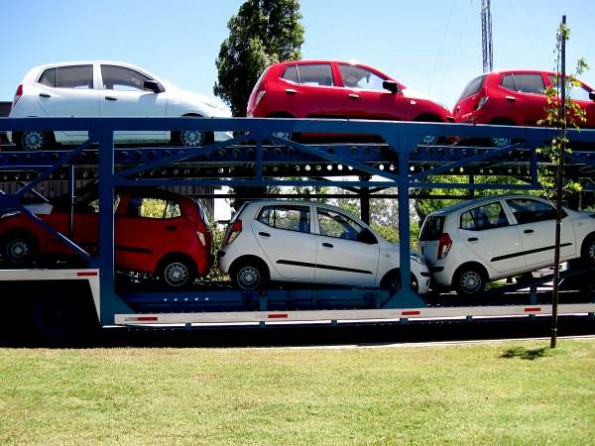
When a car is imported, it will arrive at a port either in a container or as roll-on, roll-off (RoRo). This could be at Port Kembla, for example. Empty car transporters will meet the cars (Australia doesn’t export cars), and then will transport them to holding yards and/or car dealers.
Rollback tow truck: The rollback tow truck is used for transporting vehicles which are broken down with a bad engine or transmission, have a flat tyre, are out of fuel, or even in a car accident. Typically, in the case of a powertrain issue, the tow truck driver will take the vehicle to the best local mechanic for that specific job. For example, if the transmission were to fail while you were driving along the highway, the rollback driver might take your vehicle to a local shop that can replace it with a quality rebuilt transmission. Furthermore, rollback tow trucks are the best for any vehicle that is broken down because of the ramp design and ability to pull the stationary vehicle onto it at a nearly 45 degree angle with the help of a heavy-duty winch. All in all, the rollback tow truck has been one of the best innovations in the evolution of the tow truck industry.
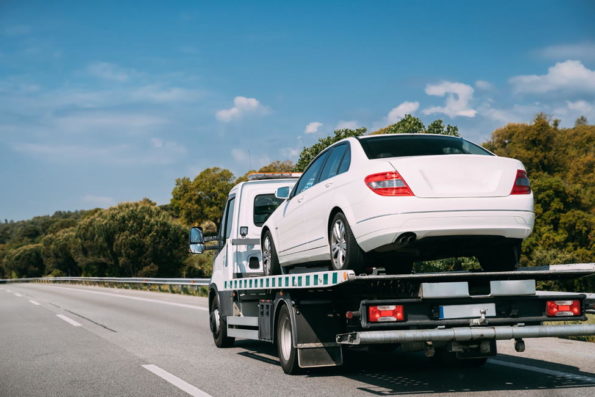
Boat haulage: small boats can often be transported pulling them with a small truck or even a car, but larger boats require specialised low trailers (“lowboy” or “drop deck”) and may need to have pilot vehicles and a transportation plan to avoid low bridges if they are oversized. The lowboy trailers allow extra height in the load.
Dry goods: the majority of freight is dry goods hauled in a box body or curtainsider (tautliner) small or medium rigid truck, or using a container truck or articulated curtainsider semi-trailer, often with a tail lift.
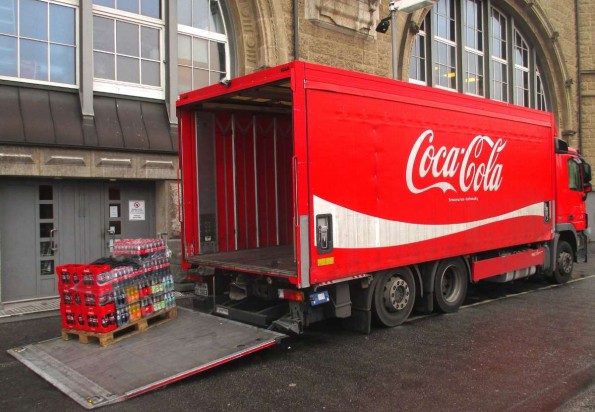
Flat-bed or flat-deck: a flat truck, trailer or semitrailer often used to carry other vehicles or large bulky items like concrete pipes and water tanks. Specialised flat-bed trailers are used for forestry. Some flat-bed trailers tilt to allow vehicles to get on from the rear.
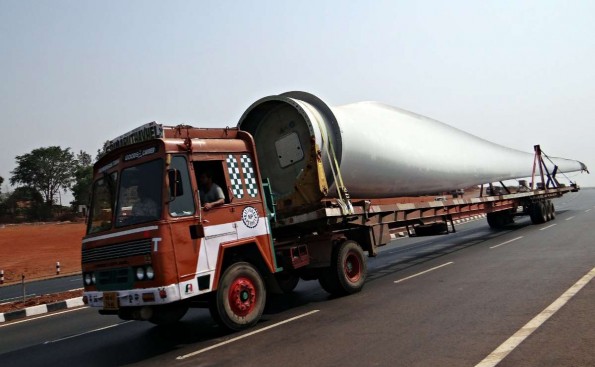
Flat-bed trucks are flexible for shipping equipment across country. Some come with stanchions to support poles. The decks can be all metal (as shown below), or primarily wood.
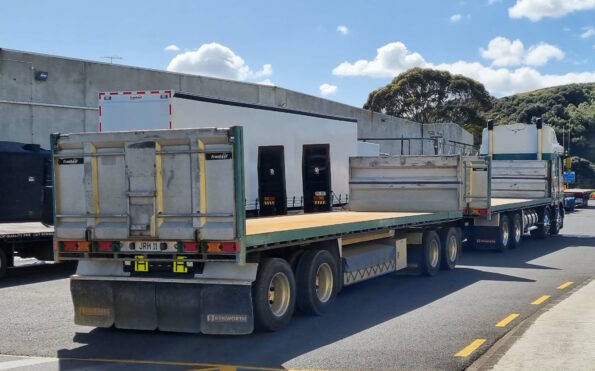
Some flat-bed trailers have specific purposes such as carrying super-heavy loads and oversized equipment such as cranes and mining equipment. Machinery relocation experts are often brought in to ensure the move is safe and efficient. These professionals coordinate everything from load securement to route clearances, reducing the risk of delays or damage during transport.
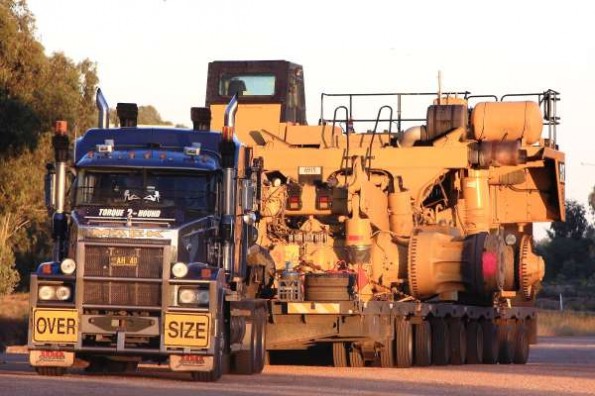
Furniture: also called Luton peak bodies, these are box vans with an additional section over the top of the cab. The interior of these trucks has many anchor points for tying down the furniture. Some furniture trucks are large and articulated.
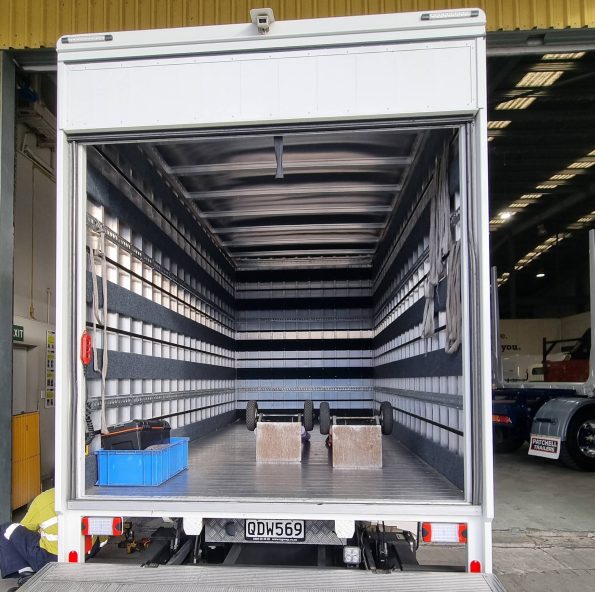
Livestock: trucks that carry live animals such as sheep and cattle.
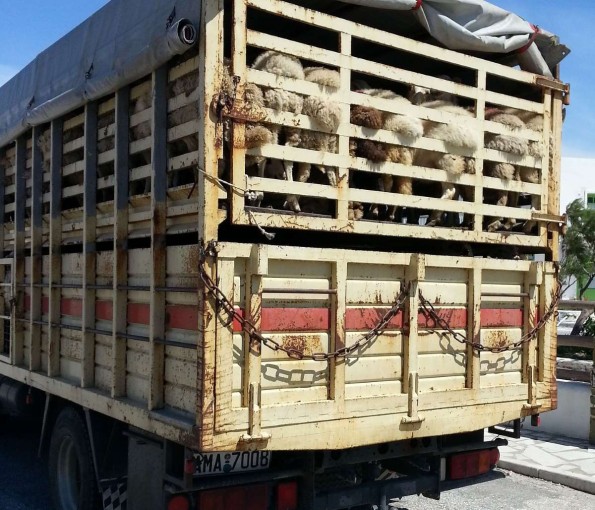
Reefers or refrigerated containers and trucks: these haul frozen, refrigerated or temperature-sensitive goods. Reefers can be semitrailers, b-trains, or a box truck and come in hard-side and curtainside variants. They can be called refrigerated vans, even if they are in semi-trailer configuration.
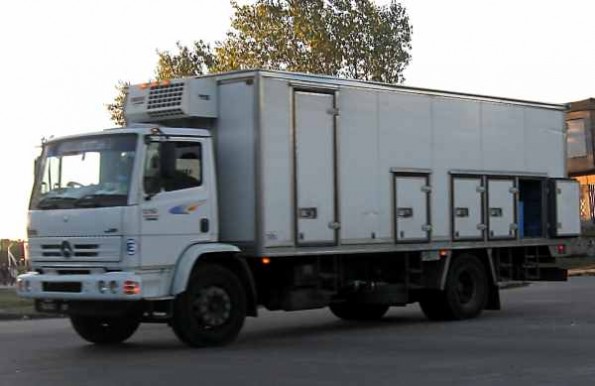
Specialist trucks: trucks such as tow trucks, cement mixers, cranes, mining trucks, airport trucks, road maintenance vehicles, etc.
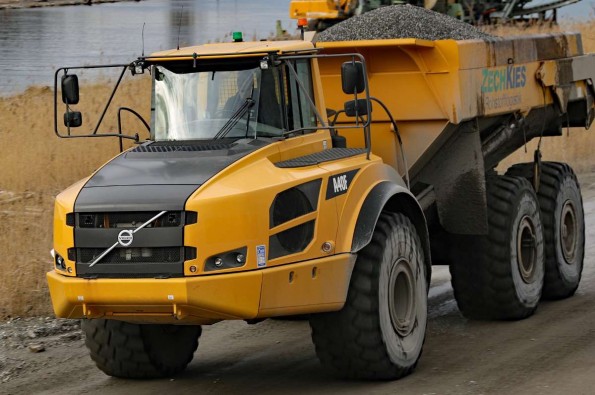
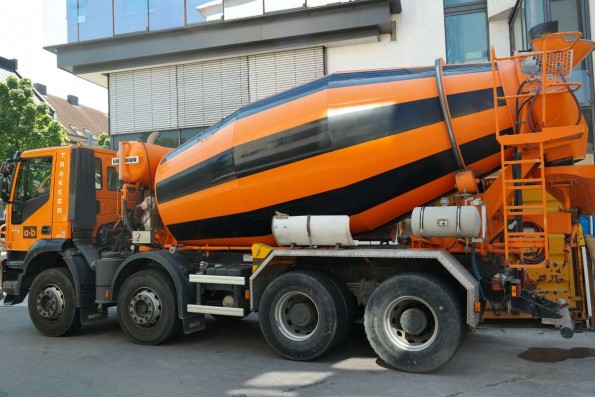
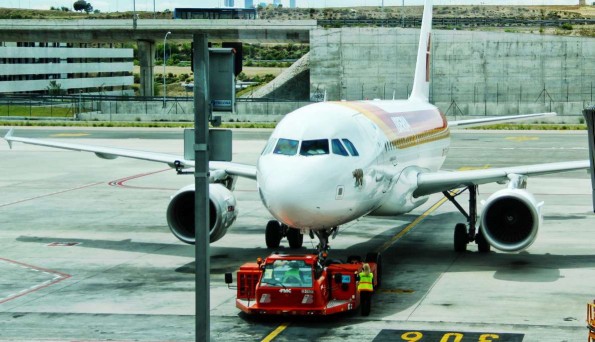
Tankers: tankers carry liquids like milk, petrol and chemicals, as well as dry, easy-flowing bulk materials such as sugar, flour and cement. You may need special certifications (e.g. hazardous goods), depending on which type of products you transport.
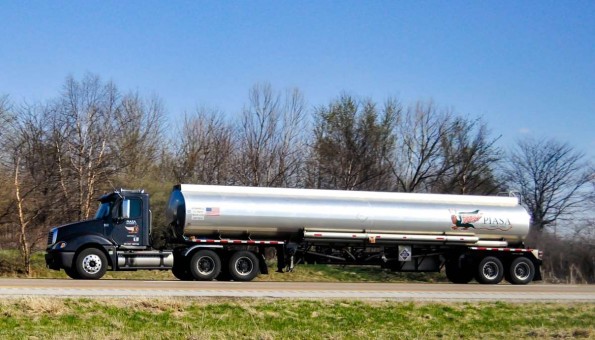
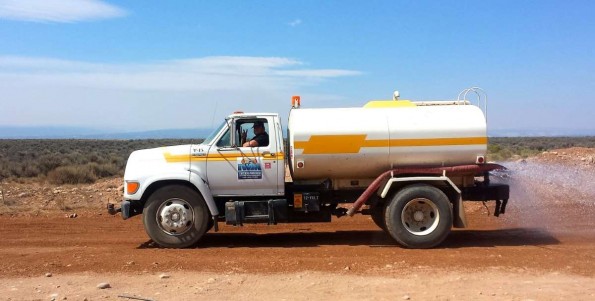
Tippers or dump trailers: tipper trucks usually transport building materials such as aggregates and sand. They can tip backwards or sideways depending on their configuration. Drivers might be expected to know how to jackknife the trailer in order to tip a truck and trailer. Tipper trailers are available for truck and trailer combinations. A popular and very common use for these types of trucks is road base transportation, such as where if a road is being built through the middle of Waco, Texas, the contractor will need a tipper or dump trailer from a Waco Texas aggregate hauler to deliver all of the necessary road base before the rest of the road construction can continue.”
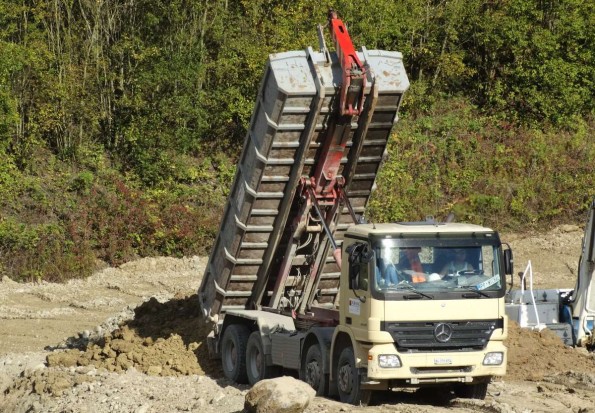
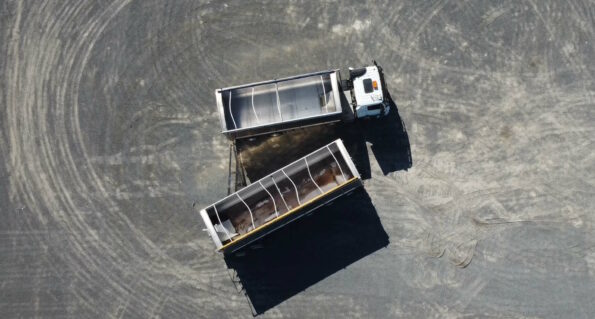
Bottom dumpers: Bottom dumpers are like a hopper where material is fed in from the top and can be dumped out the bottom. This is easier to control and safer than spreading from a tipper (spreading from a tipper with a raised bin is a rollover risk. They can carry aggregates
As well as those specific types of trailer, there are delineations:
- Semi-trailer: has one axle group near the rear and an attachment to a prime mover at the front
- B-double trailer (also called a B-train): it’s the lead trailer in a B-double combination and has one group of axles at the rear which have, above them, an attachment for a following trailer, plus at the front it has an attachment for the prime mover
- Pig trailer: one group of axles near the middle of the load, and drawn by a drawbar
- Dog trailer: one axle or group at the front which steers and another axle or group at the rear that doesn’t steer. It’s drawn by an A-frame drawbar.
Standard trucks might also have modifications made to allow them to carry specific loads, such as trucks that carry large panes of glass on the side.
Can you hire specialist trucks and trailer?
Most types of trucks and trailers can be hired. There are specialist truck hire companies such as TR Group. Hiring tends to be on a short-term basis; for longer terms, leasing could be a better option.
